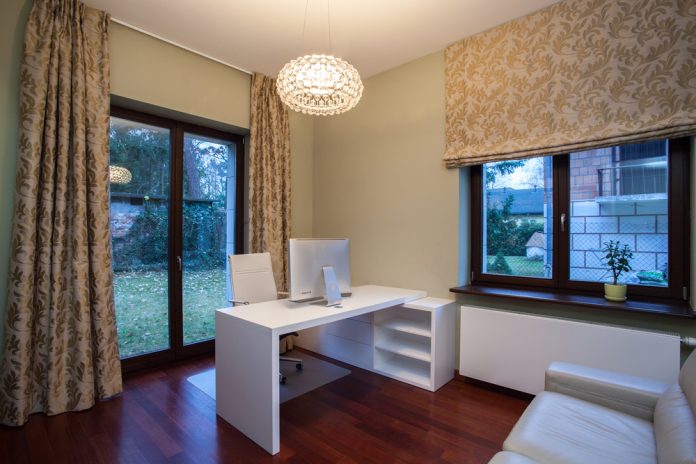Working from home can be a great way to ensure a healthy work-life balance. However, to ensure that you have the time and space you need to complete your work you must have a home office that is appropriately kitted out with the right soundproofing so that you can spend your working hours being productive and efficient.
What You Need to Consider
Before you jump into organising your soundproofing, there are some key points that you first need to consider. These include:
- Knowing your budget so that you do not end up with a project you cannot afford.
- Understanding the soundproofing options available to you.
- Considering from where the noise is coming.
- Working out how much sound you want to block out.
The Different Types of Soundproofing Available
If you are ready to start soundproofing, then you will need to decide what materials you are going to use to get the job done. There are a wide variety of options, and it makes sense to take the time to work out which one will suit your requirements the best. Also be sure to choose a quality supplier such as Nova Acoustics to provide your soundproofing products.
If you need help to work out which materials are the best, then you should consider the Sound Transmission Class ratings (STC). You can find these ratings of a wide selection of items from doors to carpets and any soundproofing items you are considering. You just need to look for the highest STC rating as the higher it is, the more effective it is.
Some of the best types of soundproofing for your home office include:
- Acoustic panels
- Acoustic boards
- Architectural soundproofing (i.e. windows and doors)
- Sound insulation
- Acoustic foam
Soundproofing Your Home Office
Now that you are ready to start, you should consider a staged approach and work through the stages until you find your ideal noise level.
Furnish Your Room Wisely
So many soft furnishings offer a layer of soundproofing without you even realising it and so the quickest way to work on your office is it install furniture, carpets and curtains that absorb sounds rather than bounce them around the room.
Work on the Windows
As single glass panes are the worst at soundproofing, it may be time to consider a double glazing installation. While the outlay is significant, you will notice a considerable reduction in sound as well as having to pay less for your utilities because of the improved insulation.
Seal the Gaps
If you want a quick reduction in noise, then it makes sense first to seal the areas that are letting in noise. Firstly seal any holes in the walls with a filler material and then consider replacing the door with a solid door with a draught excluder at the bottom.
Install Acoustic Boards
Gluing acoustic boards is a time-consuming process and will involve getting wiring moved as well as having to install new casings. However, you can choose which walls you want to do this on if the noise is coming from somewhere specific. You can even glue them onto the ceiling and floor if you want to cover the entire room.
This job is not for the fainthearted and will involve a significant amount of work as when the acoustic boards are in place you will need to install more drywall and have it plastered to finish it to a high standard.
Opting to soundproof your home office is a wise move if you are finding work too tricky with the current noise levels. The best way to tackle this project is in stages, working first on doors, windows and filling before moving on to soundproofing walls, floors and ceilings. The result should be a quieter, more focused office that will let you work in peace.
Find a Home-Based Business to Start-Up >>> Hundreds of Business Listings.

















































